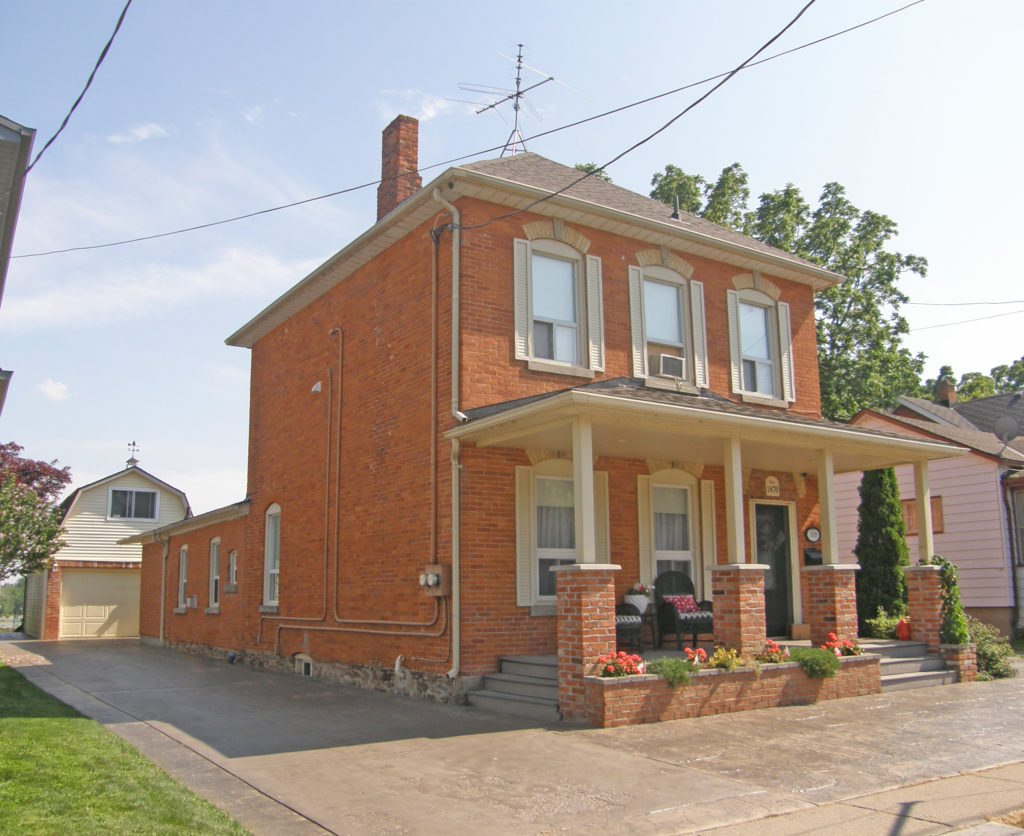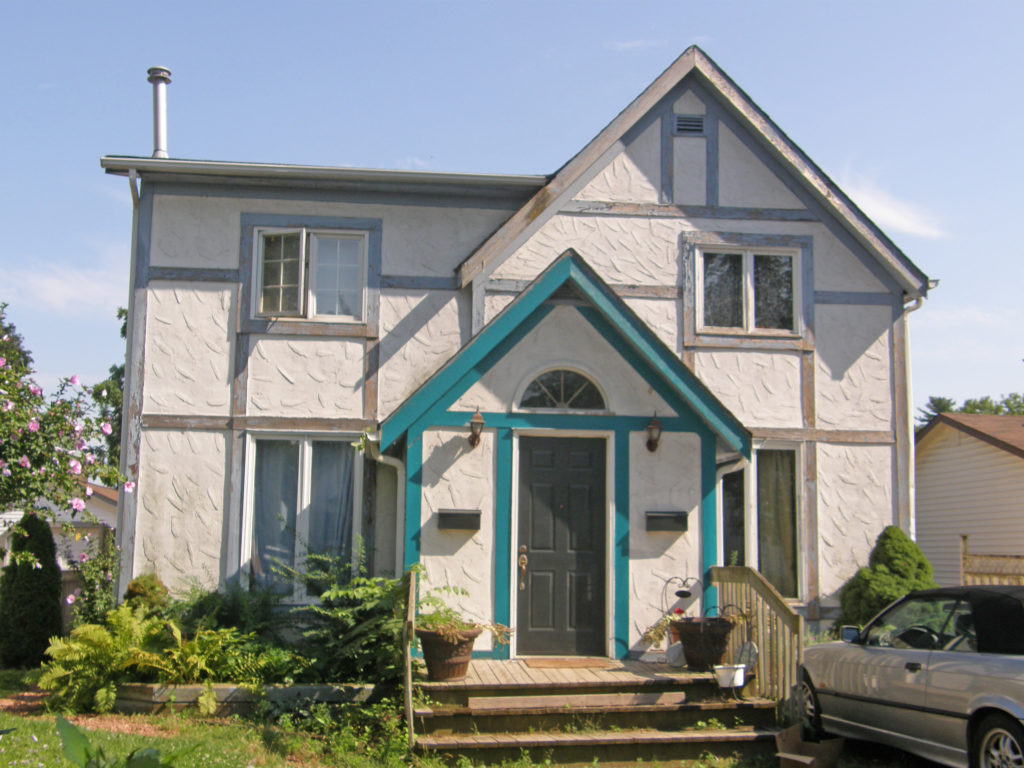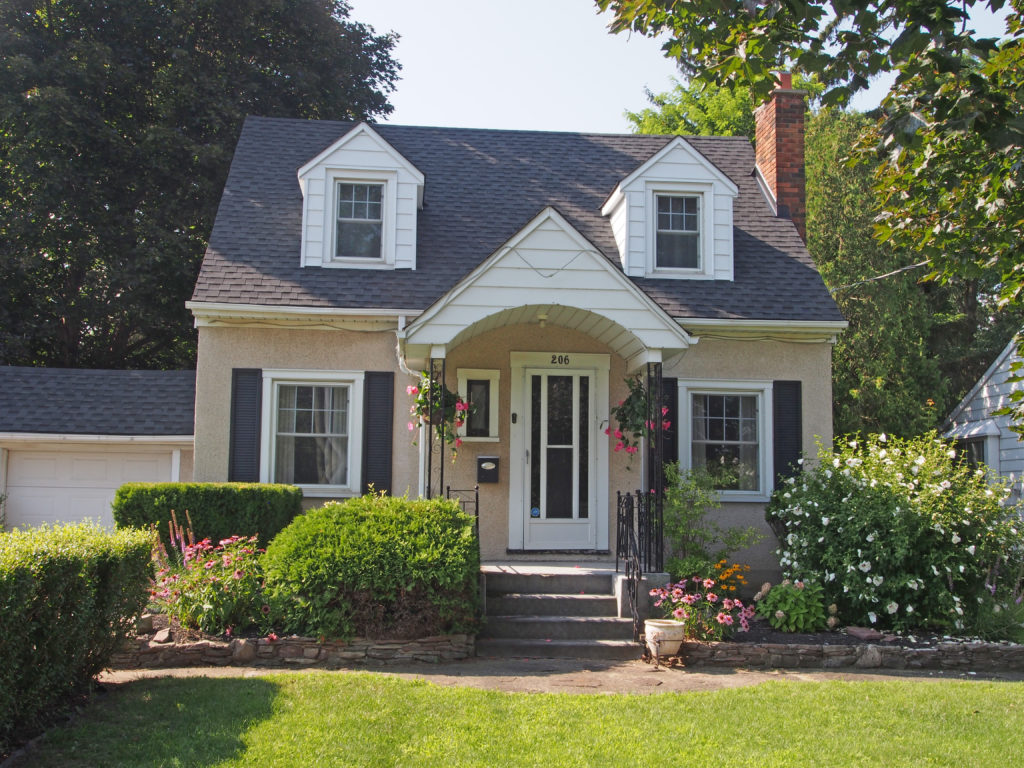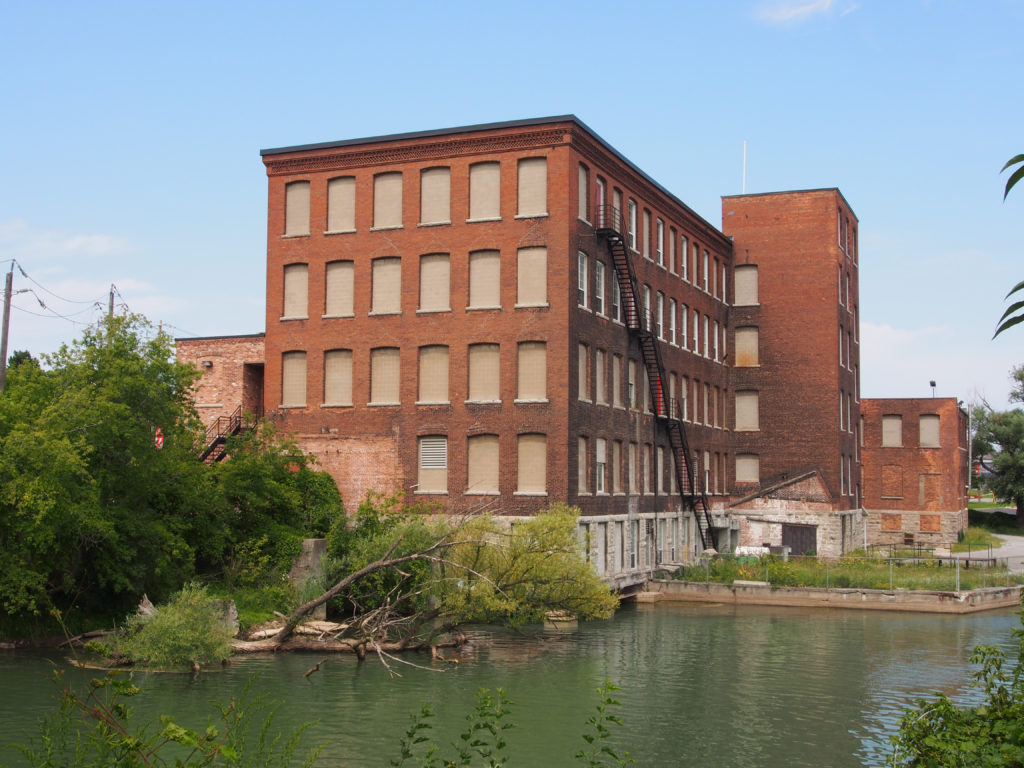The Port Dalhousie community is located on a small peninsula that separates Martindale Pond from Lake Ontario. The historical growth of this community around an elongated road grid pattern can be directly attributed to the development of the Welland canals, commerce, industry and Great Lakes shipping during the 19th century. By the end of the 20th century, Port Dalhousie began to be recognized as an area of rich cultural heritage.
The commercial core, located on Lakeport Road, Lock Street and Hogan´s Alley, is characterized by varying architectural styles from the 19th and early 20th centuries, ranging from red and buff brick to Italianate.
The residential area is comprised of dwellings once inhabited by sailors, canal workers, business people, lock tenders, farmers and many other individuals from an eclectic mix of social classes. Architectural styles include Gothic Revival, Colonial Revival, and Neo-classical among others.
Port Dalhousie was the terminus for the first three routes of the Welland Canal, built in 1820, 1845 and 1889. The city’s most popular beach, on the shore of Lake Ontario, is located in Port Dalhousie at Lakeside Park. The park is home to an antique carousel which was carved by Charles I. D. Looff in 1905 and brought to St. Catharines in 1921. It continues to provide amusement for young and old alike, at just 5 cents a ride. Port Dalhousie is named for George Ramsay, 9th Earl of Dalhousie, Governor General of British North America from 1820-1828.
At the time of European colonization, the British Crown appropriated the land from the Neutral Indians, and transferred title of the area to Captain Peter Tenbroeck, a United Empire Loyalist officer in Butler’s Rangers, as part of an 800 acre land grant. Tenbroeck and other settlers established farms along the Twelve Mile Creek. Within a few years, ships began to ply the waters of Lake Ontario, but only small craft could navigate to the fledgling mills and hamlet of Shipman’s Corners, later St. Catharines.
The northern entrance to the Welland Canal was at Port Dalhousie. Industries and services to meet the needs of the growing settlement were established. In 1837, a Scottish boat builder called Robert Abbey started a shipyard at Port Dalhousie, building yawls, sailing yachts and eventually steam yachts.
Confederation in 1867 was a major factor in the building of the Third Welland Canal. A new and enlarged waterway was needed for the larger steamers on the Great Lakes. By 1890 almost 300,000 tons of cargo were shipped along the canal each year, primarily wheat, corn, coal and forest products. By 1914, this had increased to almost four million tons. Further canal enlargements were needed and a new Welland Ship Canal was completed in 1930 which bypassed Port Dalhousie.










